A plumbing leak is not only annoying, it can waste gallons of water a day and lead to significant Household Leaks damage, including peeling paint and wallpaper, wood rot, mold growth, and more. Swift action is crucial to stop the leak and prevent costly damage to building materials and your belongings.
But you shouldn’t stop there. As they say, an ounce of prevention is worth a pound of cure. You can prevent some of the most common household leaks by taking the appropriate maintenance steps.
Read on to learn more about common causes of household leaks and how to prevent them.
Signs of a Household Leaks
Once a leak starts, it may create a range of problems that lead to costly repairs. If you suspect a leak, here are some signs to look for:
- Unexplained increase in water bill
- Sudden decrease in water pressure
- The sound of running water when plumbing fixtures are turned off
- Mold and mildew accumulation
- Peeling or blistering paint or wallpaper
- Warped, stained, or sagging floors and ceilings
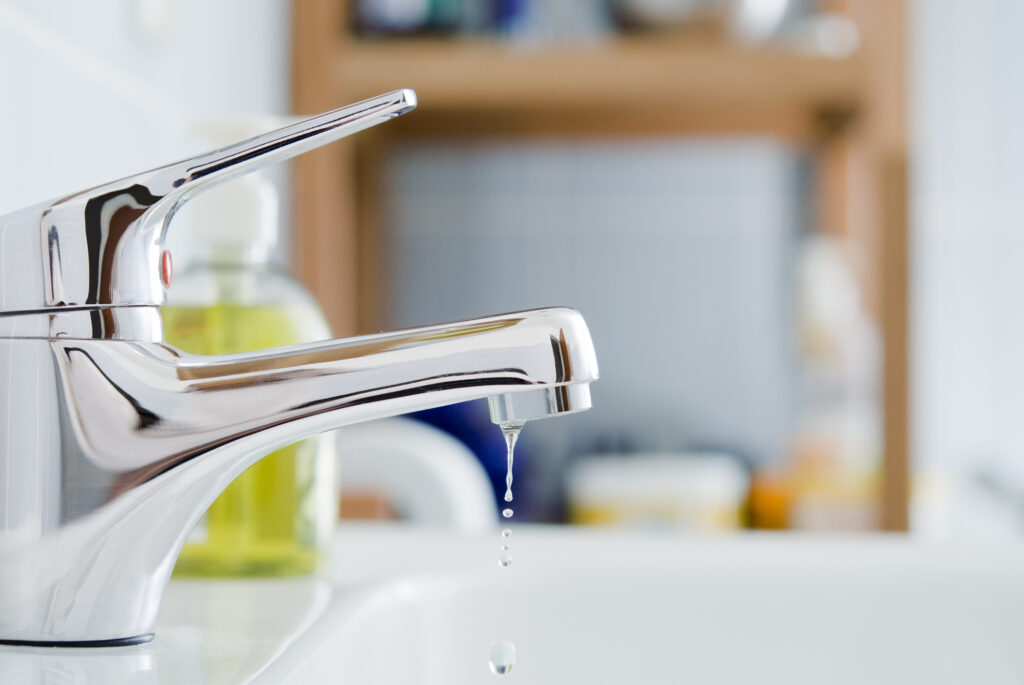
Faulty Fixtures
The slow drip from the kitchen faucet, the “phantom” flush of the toilet, and that slow leak behind the refrigerator all can lead to significant water waste and damage over time. Keep an eye on your water bill and periodically check all faucets and fixtures for signs of leaks.
Cracked Sink or Bathtub
Tubs, sinks, and basins are meant to hold water and ultimately redirect it into an open drain. But if the body of your bathtub or sink is cracked, water can leak out. If you see a small crack forming or and existing crack spreading, it’s necessary to stop using the item and replace it to prevent further damage.
Worn Out Seals
Dishwashers, refrigerators, washing machines, and other water-using appliances can also spring leaks. Through normal wear and tear, seals and washers can become old, worn, warped, or otherwise damaged causing the appliance to leak. Fixing this problem isn’t necessarily difficult, as long as you can find a replacement seal. If you’re having trouble, contact an appliance repair professional to resolve the problem quickly.
Clogged Drain Lines
When water can’t move through a drain freely, the drain line fills up as more and more water is poured into the drain. If not unclogged, it can completely back up into the sink, tub, or appliance. In some cases, a clog can even lead to a burst pipe. If you notice water not draining properly, stop pouring water into that drain and try to clear the clog. Avoid using chemical drain cleaners that can damage pipes and fixtures and opt for an enzymatic cleaner that gently eats away at stubborn clogs. If that’s not enough, a plumber’s snake or a drain auger may be required.
Ruptured Water Heater
A standard water heater typically lasts about 8 to 12 years. However, if there is a significant amount of sediment in the tank, it could cause the tank to corrode at a faster pace. Even a small leak in the water heater will cause water to constantly flow out of the tank and into your home. Have your water heater regularly inspected and maintained to avoid any surprises.
Loose or Broken Hose Connections
Leaks can occur outside the home as well, so if you notice any wet spots or areas in the yard that appear to be sunken down, it can indicate an underground leak. Make sure all hose and irrigation connections are tightened and replace any damaged parts to prevent damage.
Are you seeing or hearing water where there shouldn’t be any? Notice spots on the ceiling or bubbling paint? If so, don’t wait another minute. Contact Norhio Plumbing for prompt and expert service, and always with your satisfaction guaranteed.



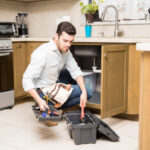

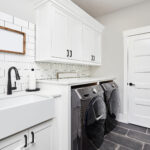
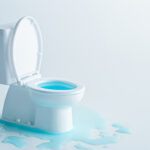
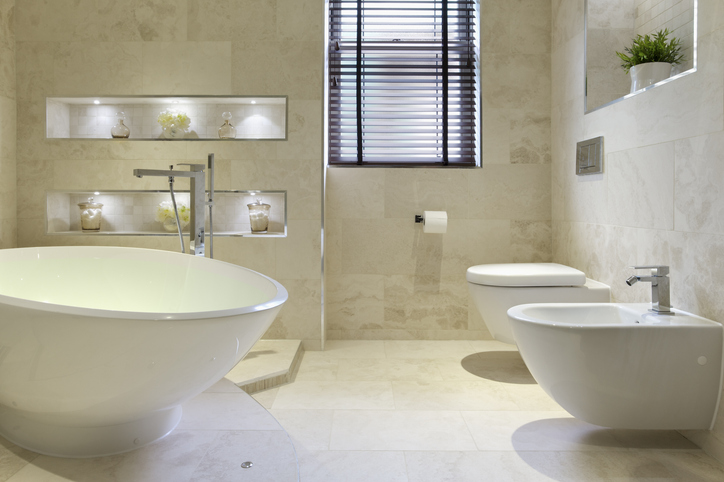
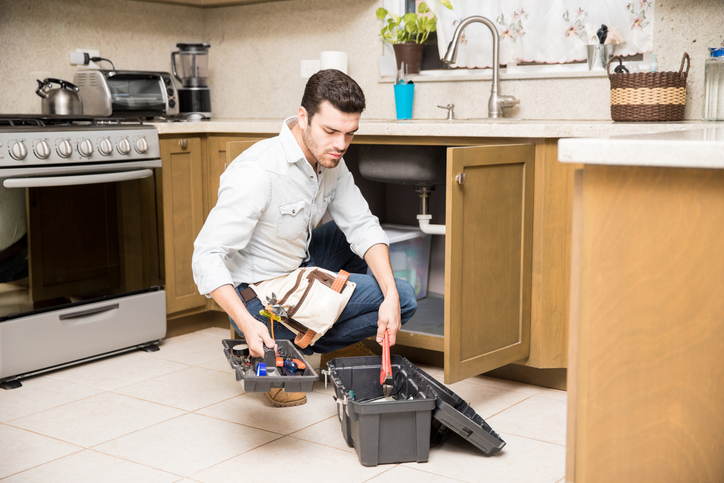

Leave a Reply